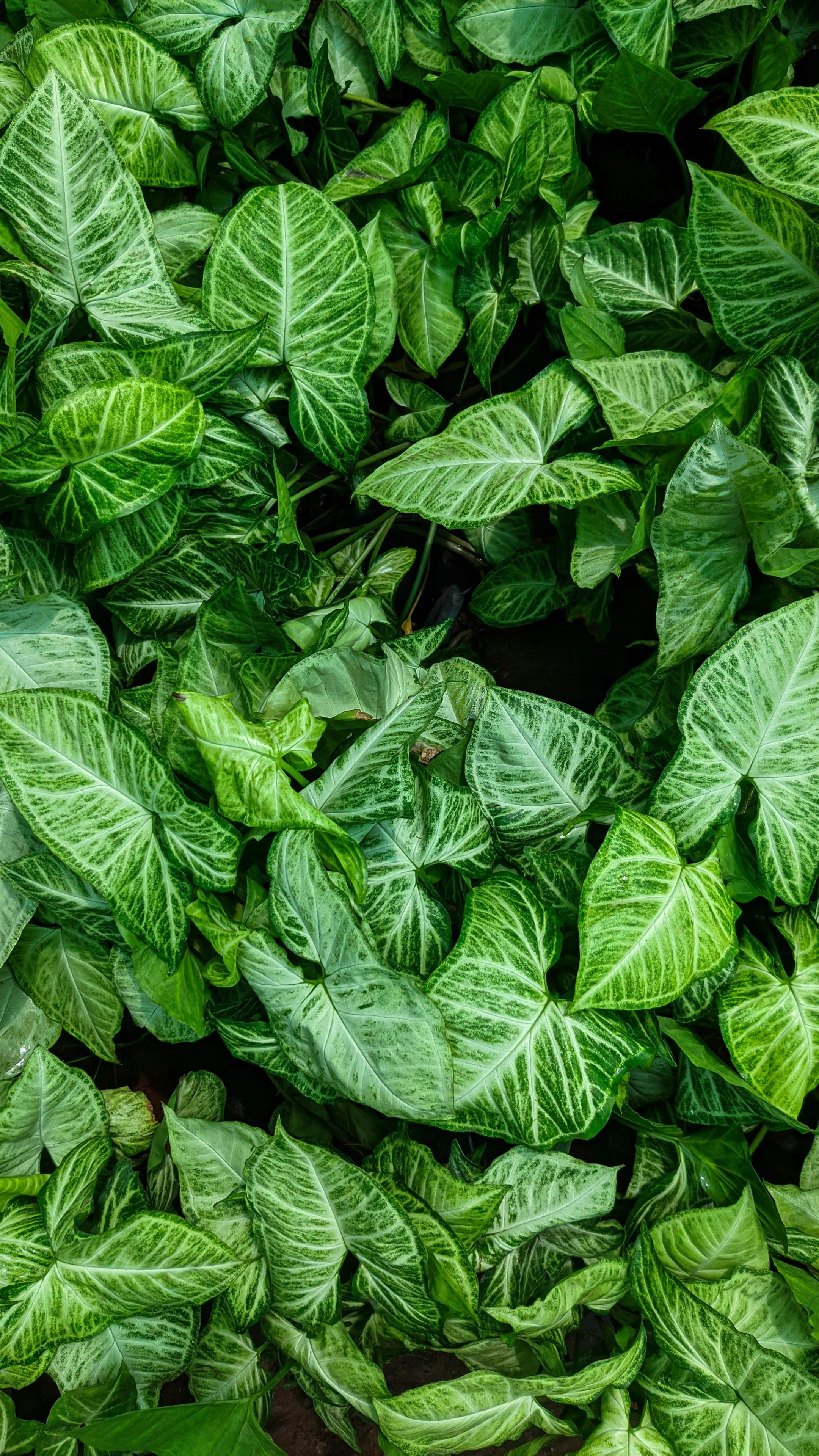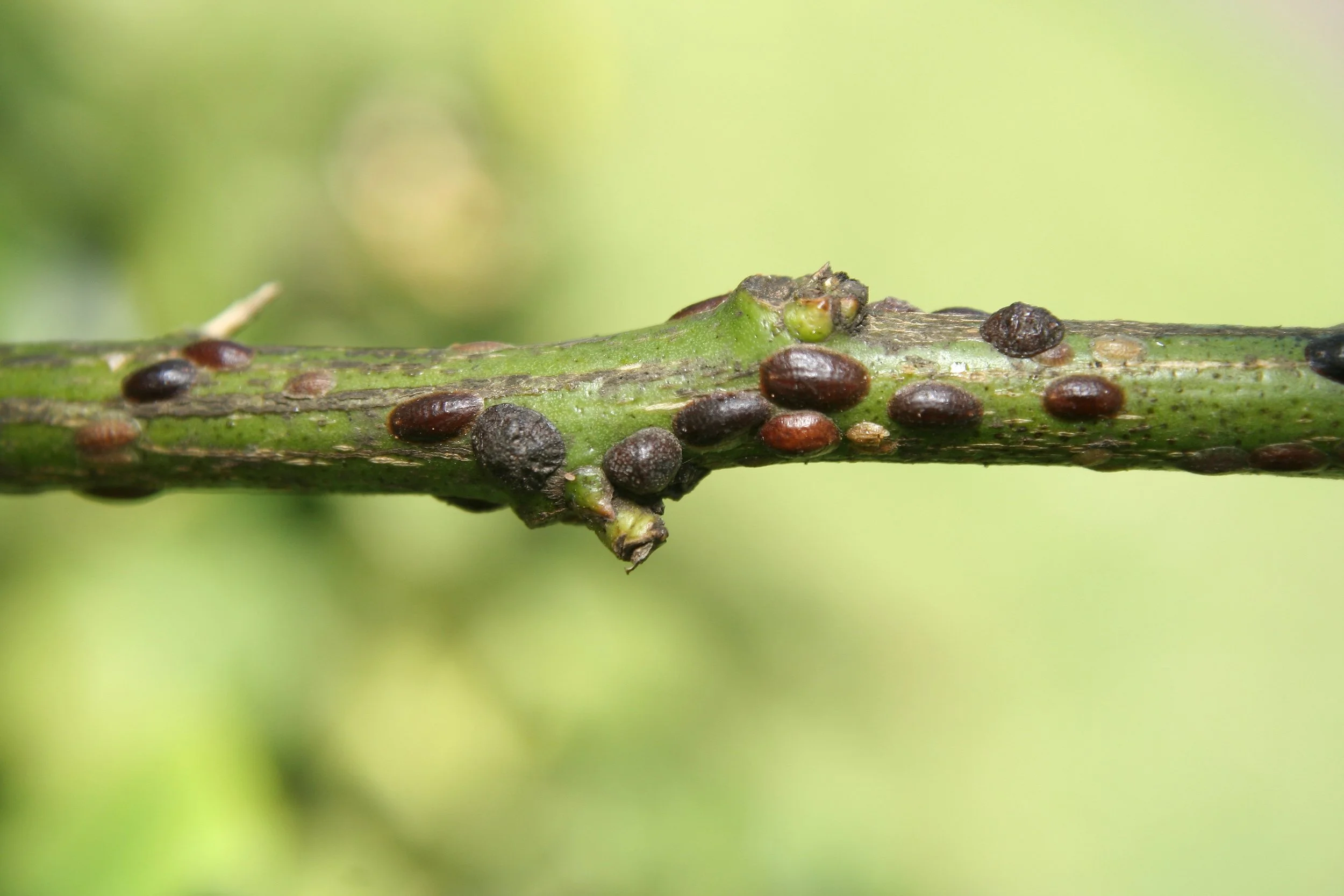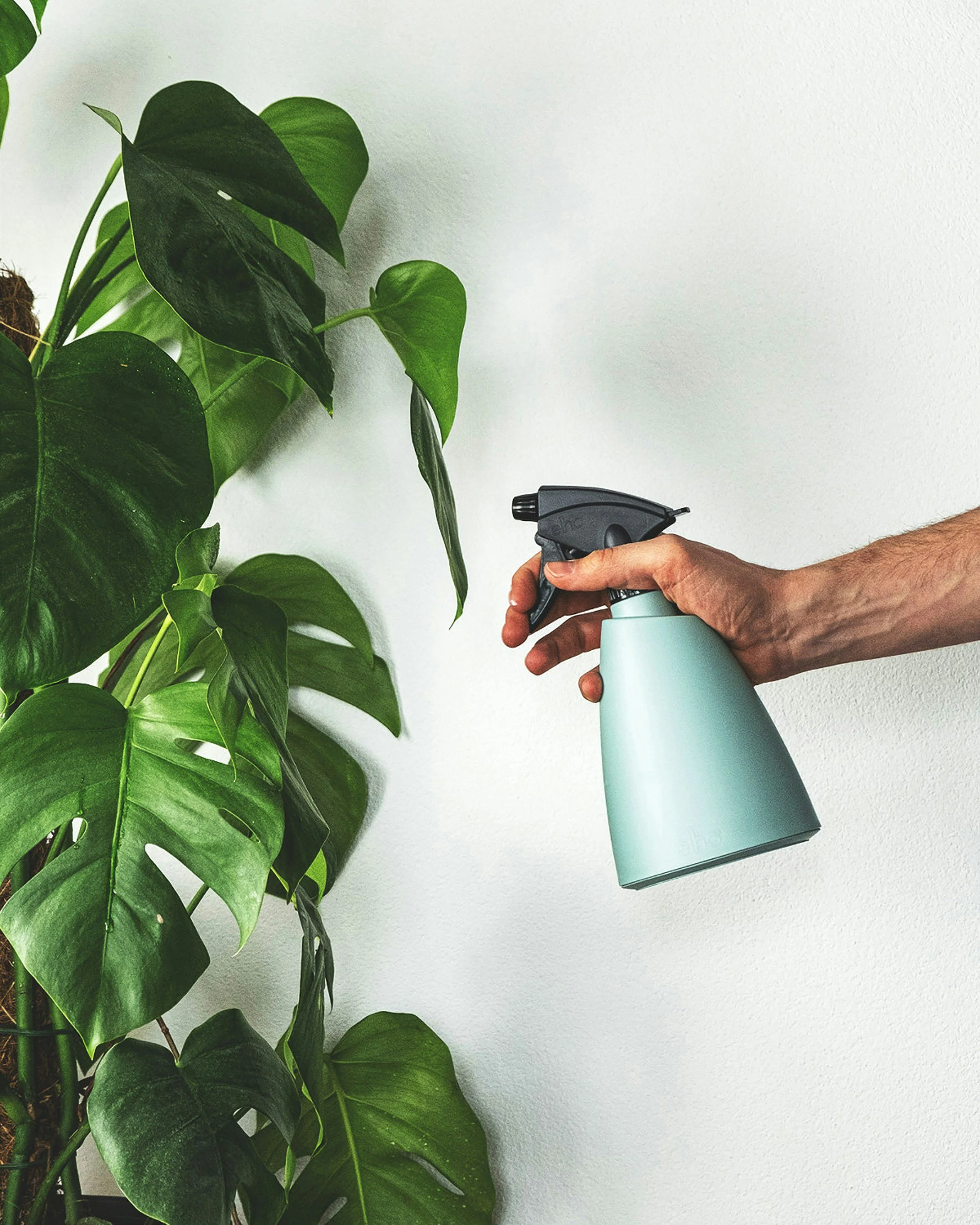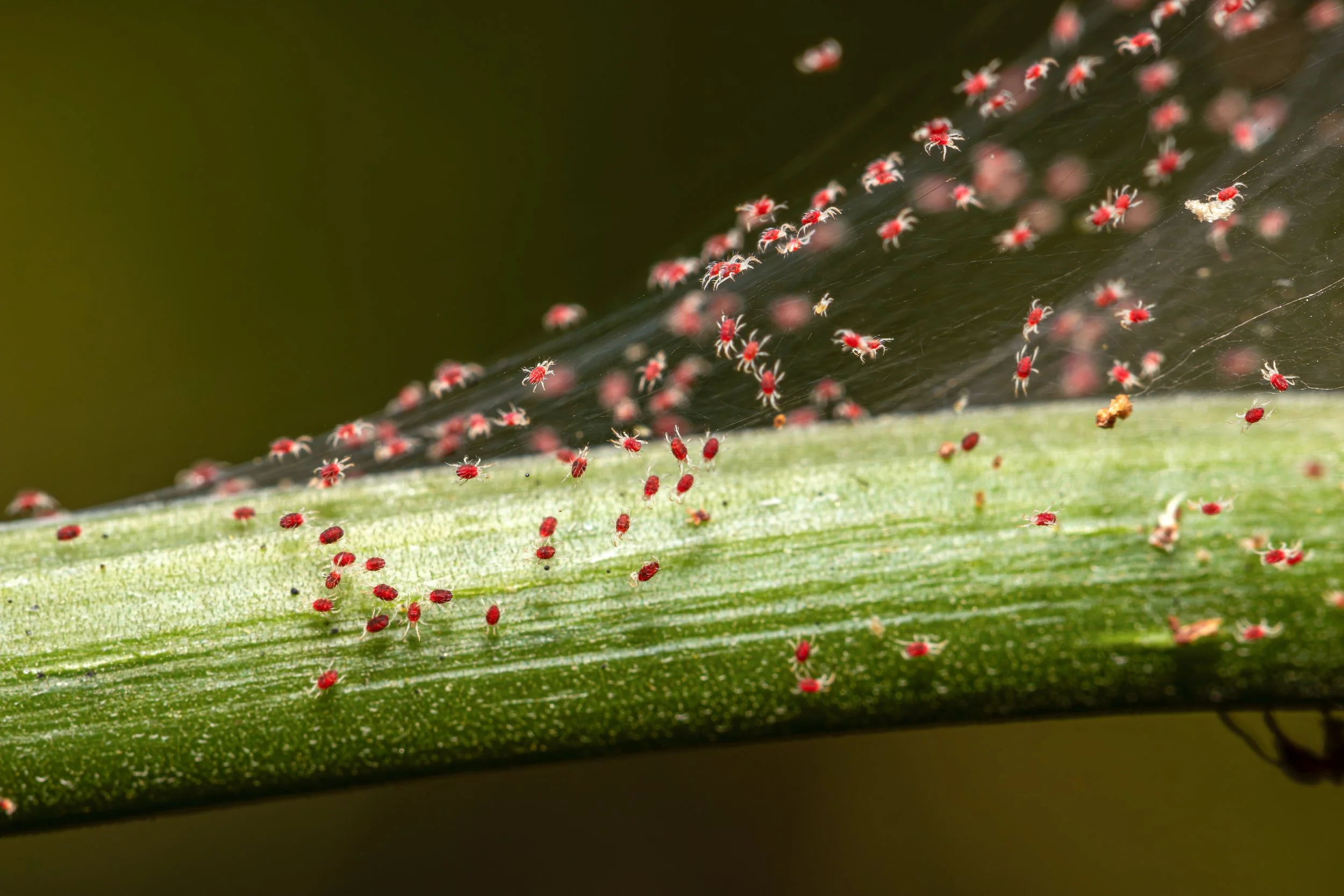
Pest Strategies
Integrated Pest Management
___________________________
Pests and diseases will always be part of caring for plants. Our world is made up of ecosystems that keep every living thing in check, including those pests.
Unfortunately, we cannot always create the perfect ecosystem inside our homes. So, we have to find other ways to manage pests.
As we manage these pesky little buggers, we should always apply what Horticulturists call Integrated Pest Management (IPM) strategies.
IPM means that we don’t use just 1 thing to manage our pests. It involves a rotation of solutions and takes into account the situation as a whole.
What Does That Mean?
___________________________
When using IPM strategies, we aren’t trying to eradicate pests altogether. There are many beneficial lifeforms such as earthworms that have a symbiotic relationship with our plants and the chemicals that are effective in eradicating the pests will eradicate these symbiotic lifeforms as well.
Instead, we are effectively managing our pest populations to prevent them from becoming overwhelming and turning into infestations.
We are constantly checking our plants to make sure they are healthy and looking for any signs for stress and/or the presence of problems.
It is a continuous system of monitoring and evaluating the many factors that can lead to pest problems and then taking well planned measures to prevent and control their populations.
___________________________
Tell Me How!
The following are the 6 Key Steps to creating and maintaining successful IPM Strategies in your home!
Healthy Plants
___________________________
Healthy plants have natural ways to fight off pests such as stronger cell walls and production of deterrent chemicals.
Pests are attracted to plants that are weak and vulnerable as they are easier to extract food from. Many pests are even attracted to colors that denote poor plant health such as the color yellow.
Because of this, it is best practice to remove any yellowing leaves and stems as these may attract pests and can also lead to rotting and mold.
Keeping your plants healthy and thriving will minimize the amount of pests that can survive around them.
Side Note: Check out my Plant Care Library to learn how to keep your specific varieties of plants healthy and thriving!
2. Know Your Pests
___________________________
Knowing which pests are affecting your plants will help you know how to effectively treat and prevent them. Each pest has a specific life cycle and certain signs that let you know they are there.
There will be more about specific pests down below.
3. Always Monitoring
___________________________
You should be checking for pest signs pretty much any time you interact with your plants. Catching warning signs early will let you take action quicker and help prevent large pest outbreaks from occurring.
Note: You can easily incorporate Pest Tracking into your Watering Schedule. Check out how to create and use a Watering Schedule on my Watering page!
4. Planned Treatments
___________________________
Whether for prevention, or controlling pests that are already there, you should do research about different treatments available and find what works best for you and your home. Look at several sources and cross reference many times before just jumping into any given solution.
Some of the safest and most effective methods of controlling specific pests, that i have found through my own personal experience, are given below in the pages for the individual pests.
Note: This also includes reading the labels on anything that you do decide to use. You need to make sure to follow the directions exactly as they are found on the container.
This especially applies to chemical pesticides, even organic ones. Improper use of chemicals can have some serious effects on the environment and your health and can even land you in some legal trouble.
Just make sure to READ the DIRECTIONS!
5. Rotation
___________________________
It is important to not use the same treatment method every time. If we do, and especially if we do it incorrectly each time (which can happen, I’ve done it before), we risk the pests evolving an immunity to our treatments. This makes pest management much more difficult, especially if they spread to other plants. So make sure to incorporate a cycle of treatments to continually control each generation of pests and keep the evolution low.
Note: As part of your rotation, you can have some things focus on prevention, while others focus on actual treatment. Or you can have different treatments for different parts of a pest life cycle. This way it hits them in different ways and keeps them from getting used to one thing and becoming immune.
6. Evaluation
___________________________
As you put your IPM strategies into place, take time to evaluate them and make sure they are having the results you are looking for. If they aren’t working to your liking, switch things up! Maybe you need to try a different brand, or a different approach. Or maybe you need to double check the label and make sure the treatment was done correctly.
Part of integrated pest management is experimentation and finding what works the very best for you and your circumstances!
Pest Library
___________________________
With all this being said and taken into account, I have compiled some research from multiple sources - including my own personal experience - to provide possible solutions for the most common houseplant pests.
The following is a Pest Library where you can dive into treatments for each pest, which you can then use in your own research as you find what works best for you!
















